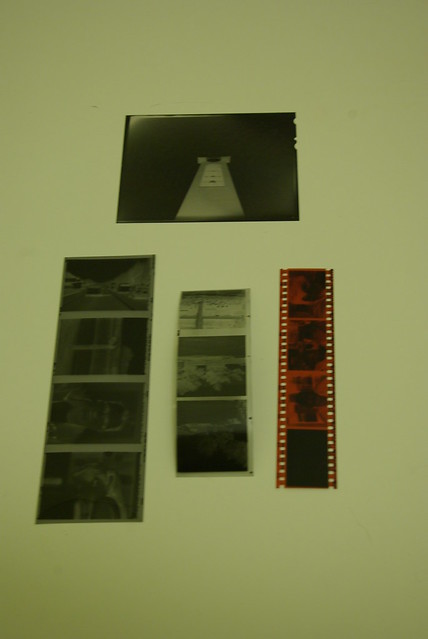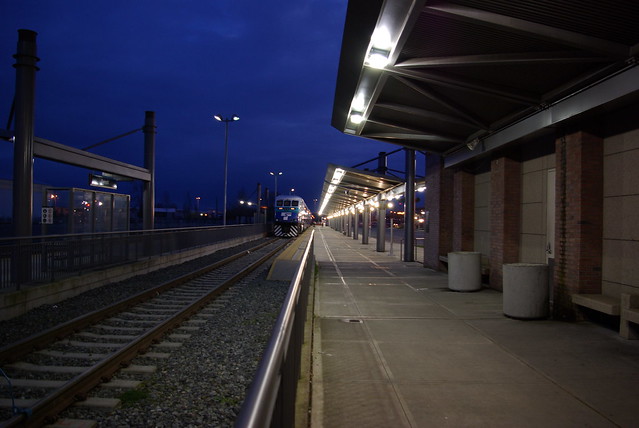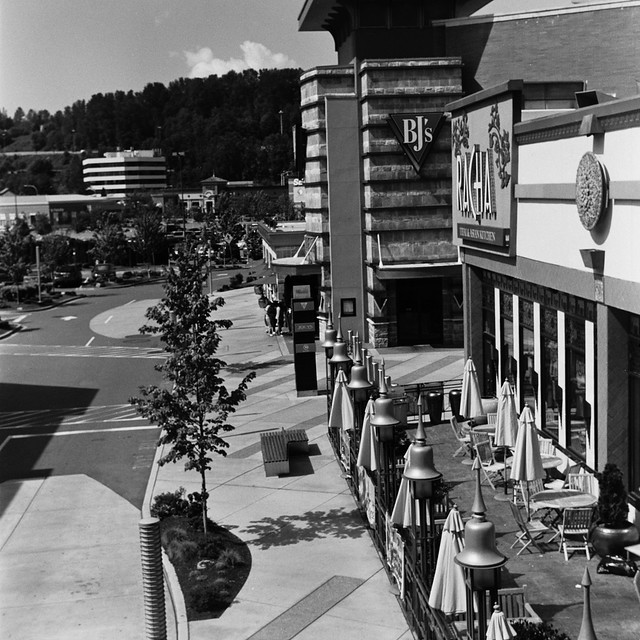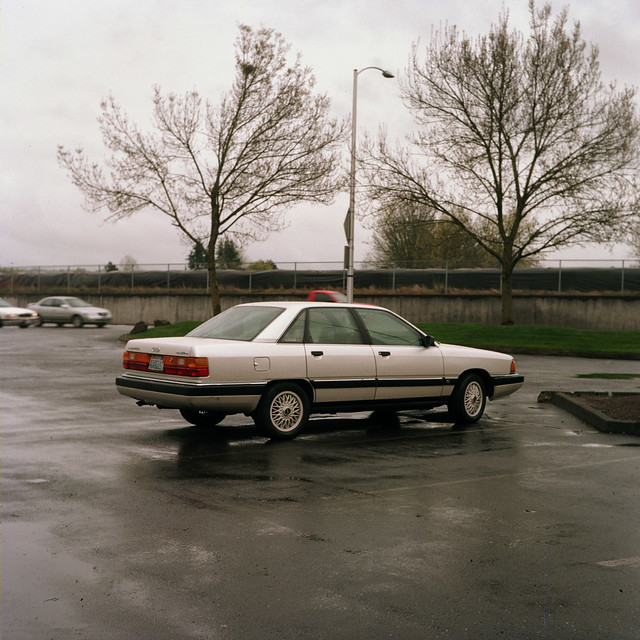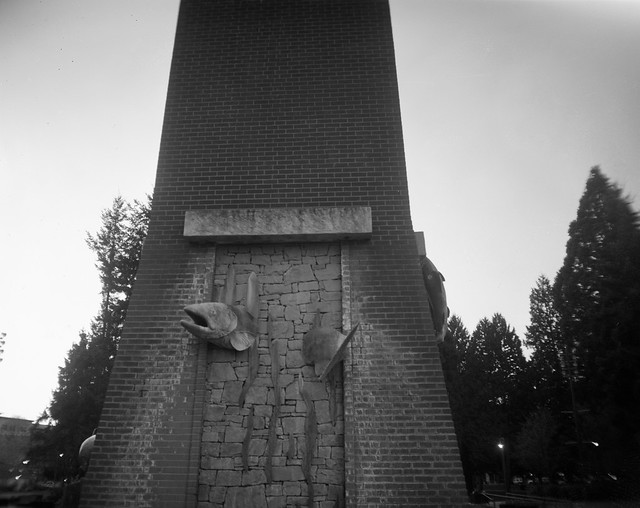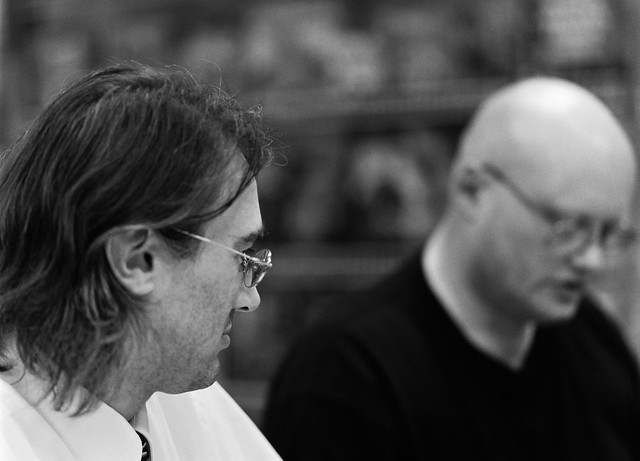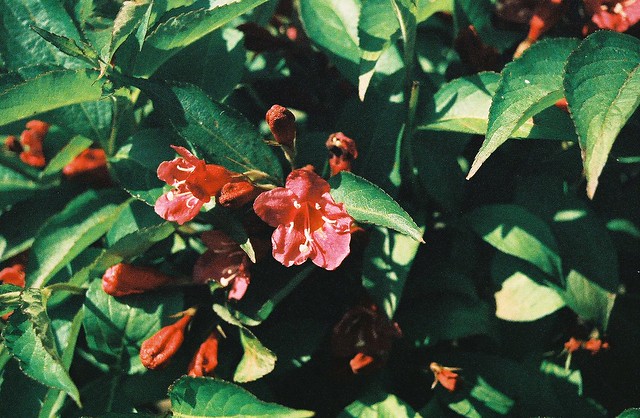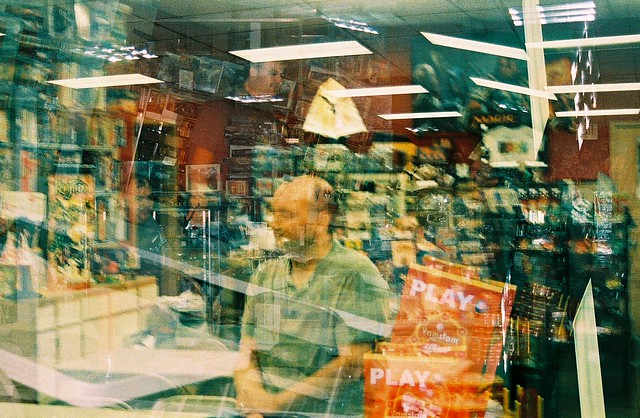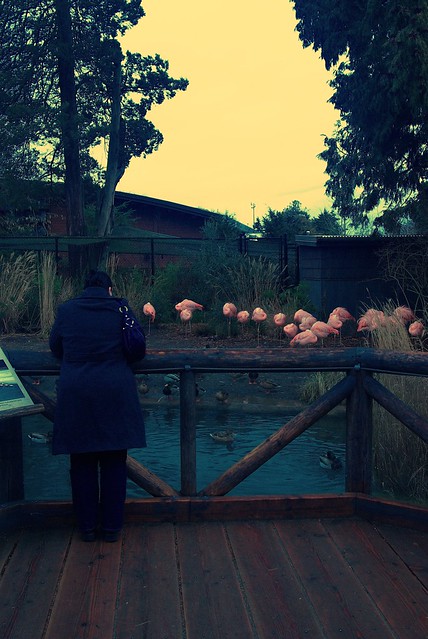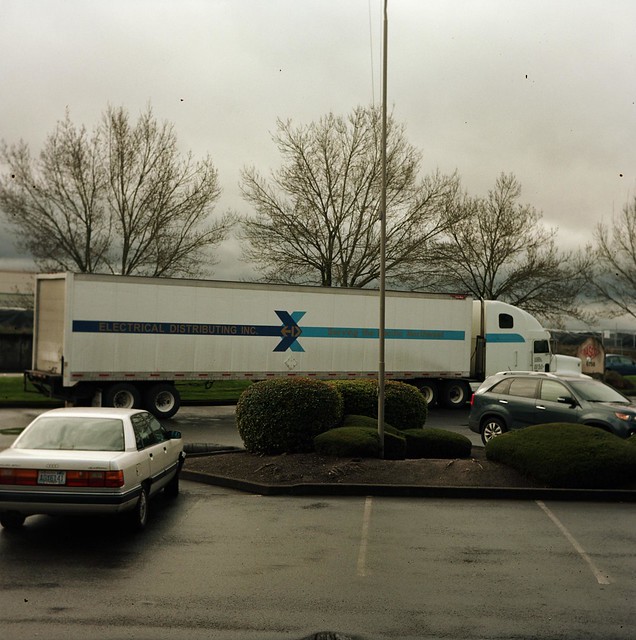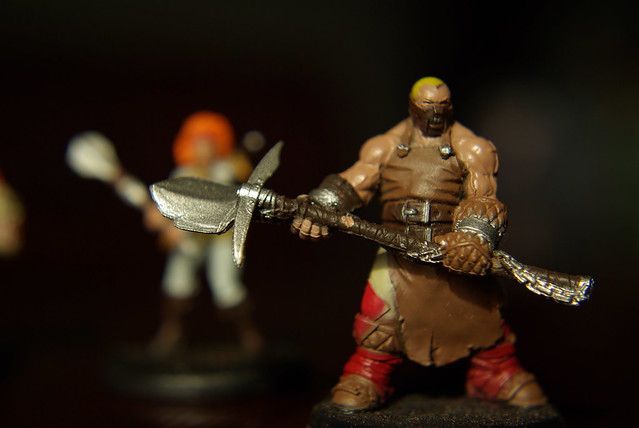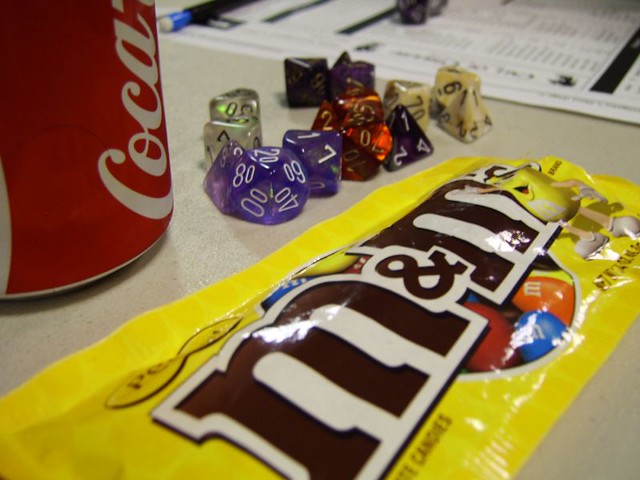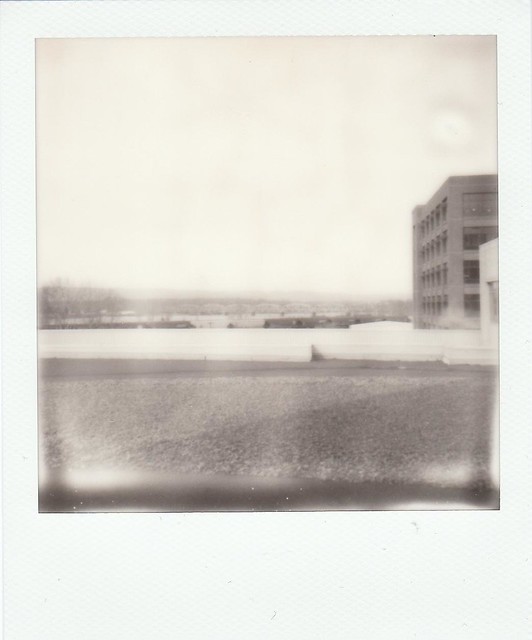The camera I have had the most trouble obtaining a lens cap for is the Komaflex-S. It's a wonderfully fun camera to use, but I can't just toss it in a bag. And wrapping it in a sweatshirt or something is not exactly practical, either, most of the time.
So in May of this year (seven months ago, for those of you keeping score), I went to a local camera shop to pick up a lens cap for it. It turns out, it takes a 37mm cap. "We don't have one," I was told. "Why don't you check [other local camera shop]?"
So I did. And they didn't have one, either. But, I was told, they could special order one for me. I would just need to pre-pay and it would be all good. They should have it within a week or two.
It was under $10, so well within my budget. So I paid, left them my phone number for contact, and went back to work. Two weeks came and went, and so I wandered by on my lunch break again. "Hmmm," I was told, "That's odd. Let me make some phone calls and I'll let you know."
Later that day, I received a call back. "Our purchaser is trying to track down a 37mm cap. So far, he's not having much luck - do you just want a refund?"
"No," I said, "I'm in no hurry. Take your time. I'll get it when I get it."
And then I forgot about it.
In September, I was cleaning out my wallet when I found a receipt. For the lens cap. I had completely forgotten about it! It'd been four months - maybe I should go and check on the cap.
So I did. I was greeted as soon as I entered the shop, and asked if I needed any assistance. "Yes," I said, "My name is Eric Franklin and I special ordered a lens cap a few months back - I just wanted to make sure that you were still working on it."
The gentleman behind the counter grabbed a notebook and flipped through it. "When did you order it?" he asked, "Because I don't see you in The Book."
"May."
He stopped. Looked at me. "May? As in Four Months Ago?"
"Yes."
"Let me ... let me grab the Old Book, then."
Apparently they'd changed systems for special orders. Happens. My order was ... still in the Old Book. Along with a series of hand-written notes and some very old-looking Post-It notes. And my order was the only one in the book.
"It looks like we're having trouble getting this - looks like we're still trying, though. Do you just want to take a refund?"
"I'm in no hurry."
Fast forward to just over a month ago. October. My phone rings. It was the camera shop, conceding defeat. "If you want to come by tonight or tomorrow, we can get you all fixed up with a cash refund."
And then work exploded and I completely forgot.
Today, my phone rang. "Hi, Eric, this is [PERSON] from [CAMERA SHOP]. We have your lens cap - and, as an added bonus, it's less expensive than it originally was, so we can even give you some money back!"
So I now have a 37mm cap for my Komaflex-S.
What changed in the last month or so?
Apparently Micro Four Thirds camera systems are suddenly very popular. And a number of those use ... you guessed it ... a 37mm lens cap. So the third-party manufacturers are once again making 37mm lens caps.
So new technology has saved my old camera from (effectively) living in storage forever.


